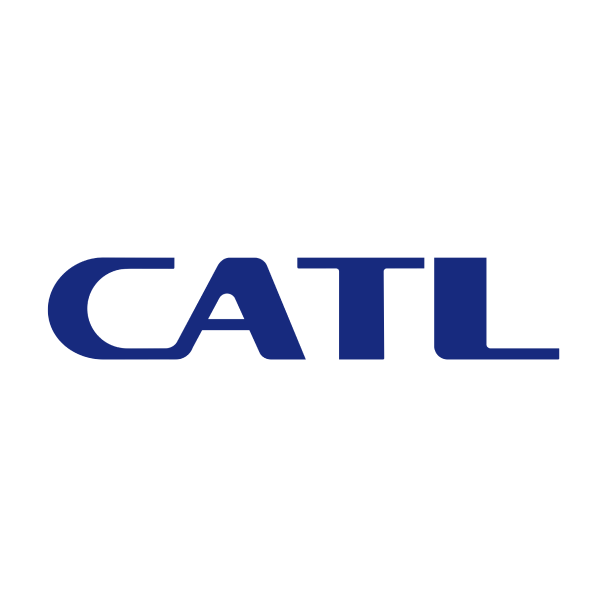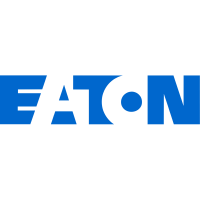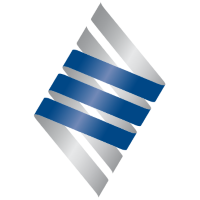Ta Ya Electric Wire & Cable Co Ltd
TWSE:1609
Profitability Summary
Ta Ya Electric Wire & Cable Co Ltd's profitability score is 44/100. We take all the information about a company's profitability (such as its margins, capital efficiency, free cash flow generating ability, and more) and consolidate it into one single number - the profitability score. The higher the profitability score, the more profitable the company is.
Score
We take all the information about a company's profitability (such as its margins, capital efficiency, free cash flow generating ability, and more) and consolidate it into one single number - the profitability score. The higher the profitability score, the more profitable the company is.
We take all the information about a company's profitability (such as its margins, capital efficiency, free cash flow generating ability, and more) and consolidate it into one single number - the profitability score. The higher the profitability score, the more profitable the company is.
Score
Score
Margins
Profit margins represent what percentage of sales has turned into profits. Simply put, the percentage figure indicates how many cents of profit the company has generated for each dollar of sale.
Profit margins help investors assess if a company's management is generating enough profit from its sales and whether operating costs and overhead costs are being contained.
Earnings Waterfall
Ta Ya Electric Wire & Cable Co Ltd
|
Revenue
|
30.1B
TWD
|
|
Cost of Revenue
|
-26B
TWD
|
|
Gross Profit
|
4.1B
TWD
|
|
Operating Expenses
|
-1.9B
TWD
|
|
Operating Income
|
2.2B
TWD
|
|
Other Expenses
|
-604.8m
TWD
|
|
Net Income
|
1.6B
TWD
|
Margins Comparison
Ta Ya Electric Wire & Cable Co Ltd Competitors
| Country | Company | Market Cap |
Gross Margin |
Operating Margin |
Net Margin |
||
|---|---|---|---|---|---|---|---|
| TW |
T
|
Ta Ya Electric Wire & Cable Co Ltd
TWSE:1609
|
27B TWD |
14%
|
7%
|
5%
|
|
| CN |

|
Contemporary Amperex Technology Co Ltd
SZSE:300750
|
1T CNY |
23%
|
15%
|
15%
|
|
| FR |

|
Schneider Electric SE
PAR:SU
|
117.2B EUR |
43%
|
17%
|
11%
|
|
| IE |

|
Eaton Corporation PLC
NYSE:ETN
|
108.3B USD |
38%
|
19%
|
15%
|
|
| CH |

|
Abb Ltd
SIX:ABBN
|
77.3B CHF |
39%
|
16%
|
13%
|
|
| US |

|
Emerson Electric Co
NYSE:EMR
|
57B USD |
52%
|
16%
|
14%
|
|
| KR |

|
LG Energy Solution Ltd
KRX:373220
|
79.9T KRW |
13%
|
2%
|
-4%
|
|
| US |

|
AMETEK Inc
NYSE:AME
|
37.4B USD |
36%
|
26%
|
20%
|
|
| BR |

|
WEG SA
BOVESPA:WEGE3
|
194.1B BRL |
34%
|
20%
|
16%
|
|
| US |

|
Vertiv Holdings Co
NYSE:VRT
|
29.7B USD |
36%
|
17%
|
8%
|
|
| FR |

|
Legrand SA
PAR:LR
|
24.8B EUR |
52%
|
19%
|
13%
|
Return on Capital
Return on capital ratios give a sense of how well a company is using its capital (equity, assets, capital employed, etc.) to generate profits (operating income, net income, etc.). In simple words, these ratios show how much income is generated for each dollar of capital invested.
Return on Capital Comparison
Ta Ya Electric Wire & Cable Co Ltd Competitors
| Country | Company | Market Cap | ROE | ROA | ROCE | ROIC | ||
|---|---|---|---|---|---|---|---|---|
| TW |
T
|
Ta Ya Electric Wire & Cable Co Ltd
TWSE:1609
|
27B TWD |
11%
|
3%
|
6%
|
4%
|
|
| CN |

|
Contemporary Amperex Technology Co Ltd
SZSE:300750
|
1T CNY |
24%
|
7%
|
12%
|
14%
|
|
| FR |

|
Schneider Electric SE
PAR:SU
|
117.2B EUR |
15%
|
7%
|
15%
|
10%
|
|
| IE |

|
Eaton Corporation PLC
NYSE:ETN
|
108.3B USD |
20%
|
10%
|
15%
|
12%
|
|
| CH |

|
Abb Ltd
SIX:ABBN
|
77.3B CHF |
31%
|
10%
|
22%
|
13%
|
|
| US |

|
Emerson Electric Co
NYSE:EMR
|
57B USD |
12%
|
5%
|
8%
|
5%
|
|
| KR |

|
LG Energy Solution Ltd
KRX:373220
|
79.9T KRW |
-5%
|
-2%
|
1%
|
1%
|
|
| US |

|
AMETEK Inc
NYSE:AME
|
37.4B USD |
15%
|
9%
|
14%
|
12%
|
|
| BR |

|
WEG SA
BOVESPA:WEGE3
|
194.1B BRL |
31%
|
17%
|
33%
|
24%
|
|
| US |

|
Vertiv Holdings Co
NYSE:VRT
|
29.7B USD |
33%
|
8%
|
26%
|
15%
|
|
| FR |

|
Legrand SA
PAR:LR
|
24.8B EUR |
16%
|
8%
|
13%
|
10%
|
Free Cash Flow
Free cash flow (FCF) is the money a company has left over after paying its operating expenses and capital expenditures. The more free cash flow a company has, the more it can allocate to dividends, paying down debt, and growth opportunities.
If a company has a decreasing free cash flow, that is not necessarily bad if the company is investing in its growth.















































 You don't have any saved screeners yet
You don't have any saved screeners yet
